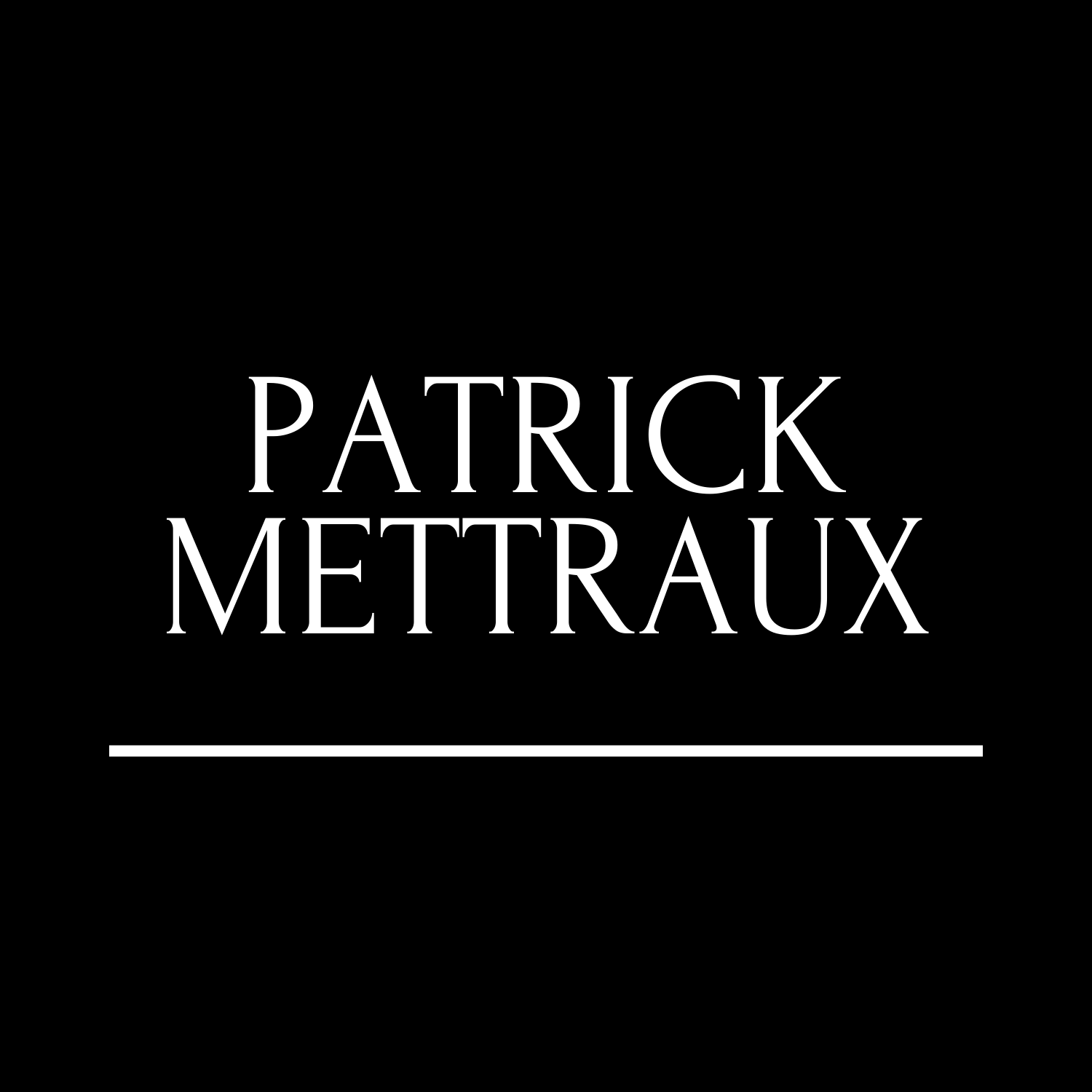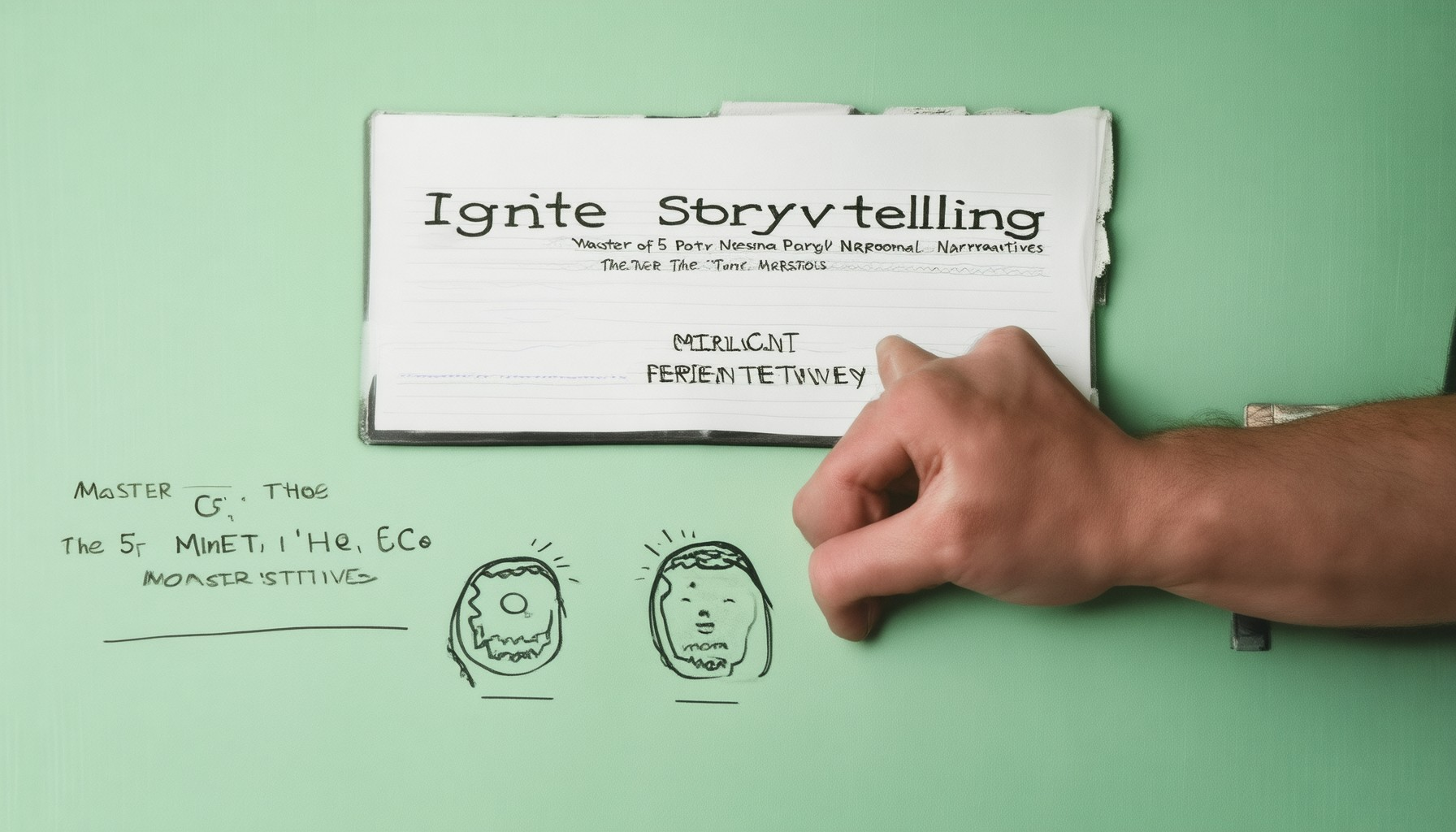Storytelling is a powerful art form that transcends mere entertainment, serving as a catalyst for personal growth, emotional connection, and professional advancement. At its core, **creative personal storytelling** is about weaving unique narratives that reflect our individual journeys, fostering self-awareness, and resonating deeply with others. Whether crafting a personal narrative for reflection or leveraging storytelling in marketing, the ability to engage audiences authentically lies in our capacity to deliver compelling tales.

The 5 Cs of Storytelling
Storytelling is a powerful art form that captivates audiences and conveys meaningful messages. To create an engaging and impactful story, it’s essential to understand the fundamental elements known as the 5 Cs:
- Character : The heart of any story lies in its characters. They drive the plot, undergo development, and resonate with the audience.
- Conflict : Every compelling story arises from a central struggle or problem that the protagonist must overcome.
- Climax : The peak moment where the conflict reaches its highest point, often leading to a turning point in the narrative.
- Consequence : The aftermath of the climax, determining the resolution and shaping the story’s ending.
- Connection : The emotional bond between the story and its audience, ensuring that the narrative leaves a lasting impact.
What is Creative Storytelling?
Creative storytelling is the art of capturing attention and imagination through compelling narratives. Whether through words, images, or sounds, it involves crafting stories that resonate emotionally and intellectually. At its core, every creator is a storyteller, choosing different mediums to share their vision.
The Importance of Creative Storytelling
Storytelling is a universal human trait, used across industries like marketing, education, and entertainment. It helps convey complex ideas simply, engages emotions, and builds connections. In today’s digital age, effective storytelling adapts to new platforms while maintaining its essence.
Key Techniques in Creative Storytelling
- World-Building: Creating a vivid setting that feels real to the audience.
- Character Development: Crafting relatable and memorable characters.
- Conflict and Resolution: Building tension and delivering a satisfying conclusion.
- Imaginative Details: Using descriptive language to paint scenes and emotions.
Examples Across Industries
In marketing, brands use storytelling to differentiate themselves. For instance, Patrick Mettraux inspires readers through personal narratives and artistic reflections, fostering a community of inspired creators. Similarly, in education, teachers use storytelling to make complex subjects accessible and engaging.
Whether through books, films, or digital content, creative storytelling remains a powerful tool for communication and connection. By mastering it, we can transform ideas into experiences that resonate deeply with others.

What are the 5 Ps of storytelling?
The 5 Ps of storytelling are a framework used to ensure all essential elements of good storytelling are effectively communicated. These principles help creators craft engaging, memorable, and impactful narratives.
- P for People : Relatable and well-defined characters who audiences can connect with. Whether protagonists or antagonists, these figures drive the story forward and resonate emotionally.
- P for Places : The setting or environment plays a crucial role in shaping the narrative. Whether it’s a bustling city, a serene forest, or a futuristic metropolis, the location influences tone and pacing.
- P for Pictures : Visual elements, whether through descriptions, imagery, or visual media, enhance storytelling by providing vivid mental images or visual cues that complement the narrative.
- P for Platforms : The medium through which the story is delivered, whether digital, print, film, or verbal, impacts how the story is received and shared.
- P for Personal : The narrator’s unique perspective and voice give the story its individuality. This includes personal experiences, emotions, and biases that color the telling of the tale.
By focusing on these five elements, storytellers can create narratives that are rich, immersive, and deeply engaging. Each element works synergistically to build a compelling story that captivates audiences and leaves a lasting impact.
For more insights into crafting effective stories, visit Patrick Mettraux , where you’ll find articles on storytelling techniques, creative inspiration, and tips for nurturing creativity.

How to Write a Creative Personal Narrative
To craft a captivating personal narrative, consider the following structured approach:
- Define Your Purpose:** Understand the message or lesson you wish to convey. Whether it’s overcoming fear or discovering self-trust, clarity in your intent enhances storytelling.
- Select Your Content:** Choose pivotal life experiences that reflect your growth or unique journey. Focus on moments that resonate emotionally and intellectually.
- Craft Your Structure:** Begin with a compelling hook, whether through a surprising fact or intense emotion. Develop the narrative by detailing events, adding sensory descriptions and metaphors to enrich the tale. Conclude with a resolution that ties back to your theme, offering insight into your evolution.
- Enrich with Details:** Incorporate sensory elements—what you saw, heard, smelled—to create vivid scenes. Use metaphors and similes to deepen the narrative’s impact.
- Edit Thoughtfully:** Revise to eliminate redundancies and strengthen your voice. Consider feedback to refine your story, ensuring it flows naturally and effectively communicates your message.
- Choose Your Tone:** Align your tone with your audience. Reflective and introspective tones suit personal journals, while a blend of humor and warmth can engage broader audiences.
- Consider Your Audience:** Tailor your narrative’s length and style based on its intended readership. Conciseness and relatability are key for blogs, whereas personal journals allow for greater openness.
- Create a Thoughtful Title:** Craft a title that grabs attention and hints at your story’s essence, inviting curiosity and relevance.
- Balance Facts and Fiction:** Enhance your narrative with creative elements while maintaining authenticity. Exaggeration enlivens the story without compromising truthfulness.
- Seek Feedback:** Share your narrative with trusted individuals to gain insights and refine your work, ensuring it resonates deeply with readers.
By following these steps, you can develop a personal narrative that is not only creative but also meaningful and engaging, allowing readers to connect with your journey and reflections.
What is a Good Example of a Personal Narrative?
A personal narrative is a written account of a person’s experiences, thoughts, and feelings over a significant period of time. It typically focuses on personal growth, overcoming challenges, or exploring a particular theme. Below is an example of a personal narrative that illustrates these elements effectively.
Example of a Personal Narrative
Here’s a fictional yet relatable example of a personal narrative:
The Journey of Moving Abroad
When I was 25, I decided to move abroad for work. It was a decision filled with excitement and anxiety. Leaving behind my comfort zone, I wasn’t sure what awaited me. The first few weeks were overwhelming as I navigated a new culture, language, and lifestyle. I struggled with daily tasks like grocery shopping and understanding local customs. However, over time, I learned to adapt and embrace the differences. This experience taught me the importance of resilience and the value of cultural diversity. It shaped who I am today, forcing me to grow in ways I never imagined.
Key Elements of a Personal Narrative
- Conflict or Challenge: Identifies a problem or difficulty the narrator faces.
- Journey Toward Resolution: Describes the steps taken to overcome the challenge.
- Personal Growth: Highlights the lessons learned and how the individual changes as a result of the experience.
- Theme or Message: Conveys a central idea or moral of the story.
Purpose of a Personal Narrative
Personal narratives serve various purposes, including:
- Self-Reflection: Providing insight into one’s life and experiences.
- Connection: Resonating with readers by sharing common human experiences.
- Inspiration: Motivating others through overcoming adversity.
By sharing our stories, we create a bridge between ourselves and others, fostering empathy and understanding. It’s a powerful way to celebrate our uniqueness while connecting with the human condition.
Looking for more examples and tips on crafting compelling personal narratives? Explore Patrick Mettraux for inspiration and guidance on turning your experiences into meaningful stories.

Effective Sentence Starters for Personal Narratives
Crafting a compelling personal narrative begins with a strong opening sentence. Here are some effective strategies to kickstart your story:
- Tip 1: Set the Scene – Begin with a descriptive sentence that paints a picture of the moment or location.
- “As I stood there, the sun dipped below the horizon, casting a golden glow over the landscape.”
- “The day had been uneventful until the phone rang, changing everything.”
- Tip 2: Engage the Senses – Use sensory details to draw readers in from the very beginning.
- “The scent of freshly baked bread wafted through the air as I walked into the village market.”
- “A faint hum resonated through the quiet room, signaling the arrival of an unexpected visitor.”
- Tip 3: Show, Don’t Tell – Start with an action or event to immediately immerse the reader.
- “She rushed toward him, her heart pounding in her chest, ready to spill the news she’d been hiding.”
- “The door creaked open, revealing a figure cloaked in a heavy coat, standing just at the threshold.”
- Tip 4: Share Emotions First – Express your feelings or reactions upfront to connect with the reader emotionally.
- “I couldn’t believe it when I heard the news—I was stunned, overwhelmed, and exhilarated all at once.”
- “Seeing my childhood home after so many years felt like a punch to the gut, bringing back memories I’d long forgotten.”
- Tip 5: Pose a Question or Mystery – Hook the reader with an intriguing query or unsolved puzzle.
- “How did I end up here, in this unfamiliar city, with nothing but a map and a vague memory of why I came?”
- “What secret was hidden beneath the old photograph lying in the dusty attic box?”
- Tip 6: Reflect on the Past – Start with a reflection on a past event or memory that shaped who you are today.
- “Thinking back to that day, I realize now how much it changed my life—and how I’m still grappling with its impact.”
- “The memory of my grandparent’s stories always brings me comfort, reminding me of the wisdom passed down through generations.”
- Tip 7: Take a Unique Perspective – Offer a fresh angle or unexpected twist to capture attention.
- “From the outside, it looked like just another ordinary house, but what I discovered inside was anything but normal.”
- “I never thought I’d find love again after losing everything—but then, fate stepped in, rewriting my story.”
- Tip 8: Address a Problem or Challenge – Begin with a conflict or obstacle that needs resolving.
- “The project was supposed to take a week, but now, three months later, I’m still trying to catch up.”
- “I didn’t see the storm coming, and now I’m stranded on this remote mountain road with no phone service and no map.”
- Tip 9: Invite the Reader Into Your World – Make the reader feel like they’re part of your journey.
- “So here I am, sitting at my desk, pondering the path that brought me here—and wondering where it will lead next.”
- “Join me as I traverse this unfamiliar terrain, uncovering secrets along the way.”
- Tip 10: Highlight a Significant Object or Moment – Start with something tangible or pivotal in your story.
- “The old leather journal lay on my desk, its pages filled with notes from a time I’d nearly forgotten.”
- “When I found that dusty photograph in the attic, I didn’t know it would lead me to uncover a family history I never knew.”
Remember, the goal is to hook the reader and draw them into your world. With these sentence starters, you’ll be well on your way to crafting a captivating personal narrative. Ready to start writing? Check out Patrick Mettraux for inspiration and tips on storytelling!





0 Comments